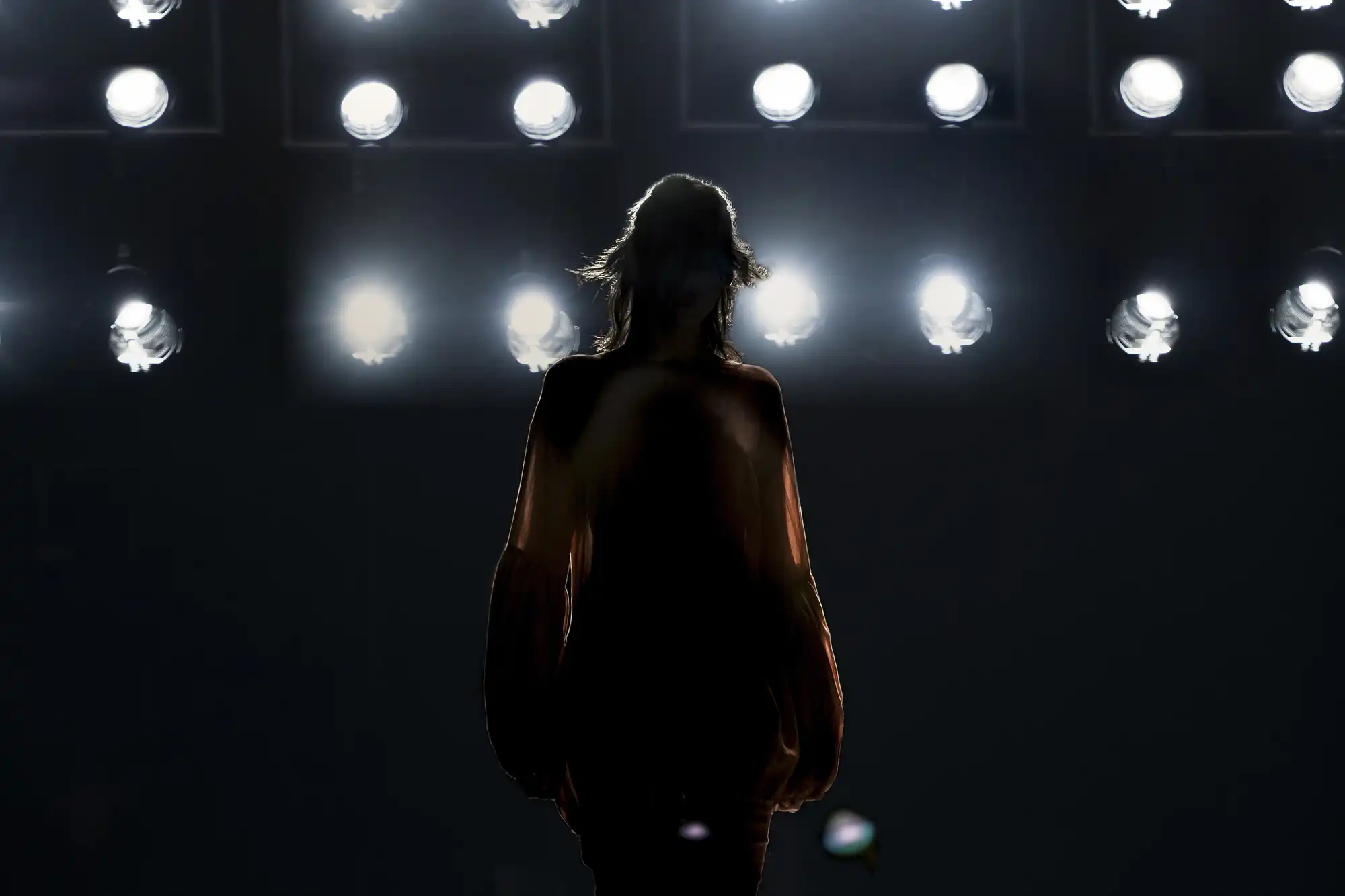Vivian Maier stood out, though probably unknowingly. They refer to her as Merry Poppins with a camera. She was a nanny obsessed with photography, although no one had heard of her for many years. But her photos were different because she was different, too. In 2013, the film “Looking for Vivian Maier” was released in an attempt to outline this remarkable figure. Introducing the portrait: Vivian Meier.
Photographer
Maier began making her first photographs while still in France, around 1949, using an amateur Kodak Brownie camera, whose design did not allow Vivian to show the full extent of her photographic skills. In 1952, she bought professional equipment – a Rolleiflex camera. At the time, she developed black-and-white photos on her own, in a darkroom organized in the bathroom. In the 1970s. She began making color photographs, mostly on Kodak Ektachrome 35mm film, using a Leica IIIc and various German single-lens reflex cameras. Color photography steered Maier’ s work into more abstract directions. The subject matter of people and their characters, so brilliantly captured in black-and-white photographs, gave way to more abstract works – fragments of street paintings and inspiring mini studies of Vivian’s found objects.
portraits of living cities
Vivian Maier meticulously documented American life for some 50 years, creating a catalog of buildings that do not exist today and recording changes in public space. Today, her photographs are an invaluable historical source for anyone interested in the history of architecture and the urban changes taking place in America’s largest cities in the mid-20th century. Maier has created portraits of vivid cities inhabited by people with different personalities and social status. Looking carefully at the photographs, we can see details showing cultural life, such as posters announcing movie premieres.
She did not show the photos to anyone. The photographs betray her interest in people experienced by life, crippled, poor, struggling to survive. A dog with a broken paw, a smashed cat, discarded dolls, crippled dummies. Deformed human bodies become brilliant figures that fit perfectly in a square frame, and moles disfiguring the skin become original jewelry. Vivian rejected the banal and sought the extraordinary in life. Somehow she managed to get the funds for trips to Canada (1951, 1955), South America (1957), Europe (1959), the Middle East and Asia (1960), Florida and the Caribbean. She made all her trips alone and meticulously documented them in photographs. However, these are not typical vacation souvenirs, but imbued with insight and often ironic sense of humor shots of exotic lands – for example, the Egyptian Sphinx emerging from behind a horse’s rump.

100,000 negatives
In the 1980s. Vivian was in a serious financial crisis, and the photographic materials kept coming. She was left homeless, but deposited her belongings in a warehouse. Unfortunately, due to rent arrears, the owners of the warehouse in 2007 sold its contents to RPN Sales, which auctioned them off at one of the auctions. The collection naturally dispersed and went to many people participating in the auction. Part was bought by John Maloof, who, enthralled by the photographs, meticulously followed up on the fate of the sold items and gradually merged the scattered collection and reconstructed about 90 percent. photographer’s archive.
Vivian Maier left more than 100,000 negatives, though not only. She had a fierce treasure hunter’s flair and collected a variety of objects, memorabilia, art books, newspaper clippings, home documentaries and audio recordings to create an amazing community archive. Currently, her work is being archived and catalogued for future generations: http://www.vivianmaier.com/

Vivian Mejer
She was born on February 1, 1926. The daughter of a French woman and an Austrian, she was born in the Bronx, New York. At the age of four, she was already living only with her mother, who shared an apartment with Jeanne Bertrand (1880-1957), an award-winning portrait photographer. Perhaps it was the contact with Bertrand that instilled in her a love of photography. In 1932, she and her mother moved to France and settled in Saint-Bonnet-en-Champsau. Vivian had already returned to the United States on her own in 1951. Until 1956, she lived in Southampton with a family that hired her as a nanny. She then moved to the North Shore suburb of Chicago, where she remained until the 1970s. She took care of three boys. The eccentric nanny took them on trips and organized unusual games for the neighborhood children. When the boys grew up, Vivian continued to work as a nanny moving from family to family. She never married, had no children or close friends. In 2008, she suffered a head injury that she ultimately never recovered from. She died in a nursing home in April 2009.
Photo Source: Self-Portraits | Vivian Maier Photographer.





